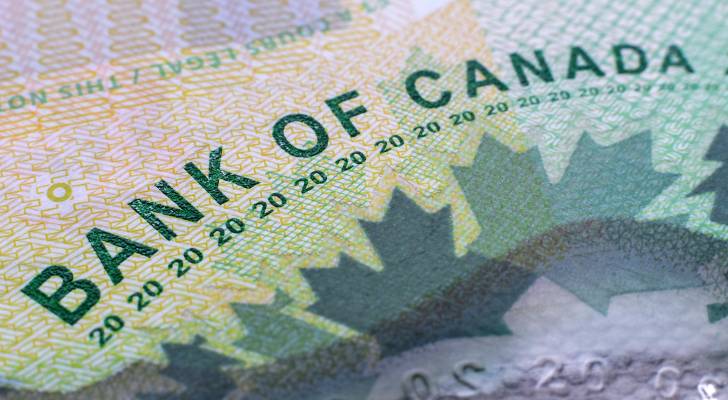This finance prof bought Nvidia at USD$0.48/share — but he sold early and missed a life-changing gain of more than 30,000%. Here’s his big mistake and how to avoid it in 2025

When it comes to fruitful, long-term investing, it pays to be cool as a cucumber. Markets can be volatile and test our resolve, and our brains can work against us by allowing cognitive biases to drive poor investment decisions. What does this mean and how can we overcome it? As an entrepreneur, economist and former […]
Sound the alarm: Half of Canadian investors think economy will weaken over the next 12 months, recession looming

Despite a positive outlook on the overall macroeconomic trends, many Canadian investors are concerned about the possibility of a recession in the next 12 months, according to the latest BMO investment survey. Additionally, with higher values on tax-free savings accounts (TFSA), many respondents reported seeking more financial advice. "It was a good year for many […]
Global economy on the edge: CEOs brace for trade wars and no price hikes in 2025

Three weeks into 2025 and the global economy stands at a precarious crossroads. Unpredictable US policy, escalating trade wars, combined with fears of a looming recession and the relentless pace of technological change mean that many corporate CEOs are in for a year of anxiety and uncertainty. Insights from The Conference Board’s latest survey of […]
Billionaire investor Mark Spitznagel, who predicted the last two market crashes, warns of impending Black Swan bubble burst in the equities market

Mark Spitznagel wasn’t surprised when USD$6.4 trillion was erased from global stock markets this past August. That’s because the noted Wall Street “permabear” — a term used to describe an investor who assumes the value of stocks and shares will fall regardless of market conditions — anticipates a major market crash due to the "greatest […]
Porter Airlines, BMO and Mastercard join forces to elevate travel rewards with BMO VIPorter Mastercard credit cards

In a move set to shake up the Canadian travel rewards landscape, Porter Airlines, BMO and Mastercard have announced a groundbreaking partnership. Come spring 2025, Canadians will have access to a new suite of BMO VIPorter Mastercard credit cards, designed to accelerate their journey towards travel rewards. This collaboration aims to blend Porter’s award-winning flying […]
Bye bye Beanie Babies — here are the 4 collectible toys Gen Z is spending money on and how much they cost

Just like some of our other favourite creatures —squirrels, crows and magpies, to name a few — humans love to collect things. Consider Beanie Babies. These cute stuffed bears were released for different occasions, themes and even to commemorate celebrities and sports teams. Now, these precious collections could have an appealing resale value depending on […]
10 steps to take with the Bank of Canada interest rate change: How 1.2 million mortgage holders can prepare

As Canada enters a critical period of mortgage renewals in 2025 and 2026, homeowners and financial experts are closely monitoring interest rate movements for signs of relief — and it appears the Bank of Canada (BoC) offered the first glimmer of hope for variable-rate mortgage holders and first-time buyers with a rate drop of 0.25%. […]
First BoC rate drop of 2025: Who wins and who loses when the Bank of Canada lowers its interest rates?

Canadians face a new economic reality — one that is dominated by uncertainty, threats and the potential for higher living costs. Given the uncertainty and threats, the Bank of Canada (BoC) announced a rate drop of 0.25% on January 29, 2025. The BoC decision to reduce interest rates comes as inflation eases to 1.8% — […]
7 powerful ways the Bank of Canada’s rate cut could change your financial future

The Bank of Canada (BoC) announced the first rate drop of 2025 — with a 25 basis point rate cut to its overnight rate. The rate cut of 0.25% was announced on January 29, 2025, following a 50 basis point cut in December 2024. The BoC’s target rate now stands at 3.00% — pushing the […]
Peloton’s renewables expansion: Game-changing tech for green energy investors

The renewable energy boom just got a tech-powered boost, and investors looking for opportunities outside of oil and gas should definitely pay attention. As a global leader in energy software, Calgary, AB-based Peloton recently announced its entry into the renewables sector with cutting-edge land data management solutions. This strategic move positions the company as a […]